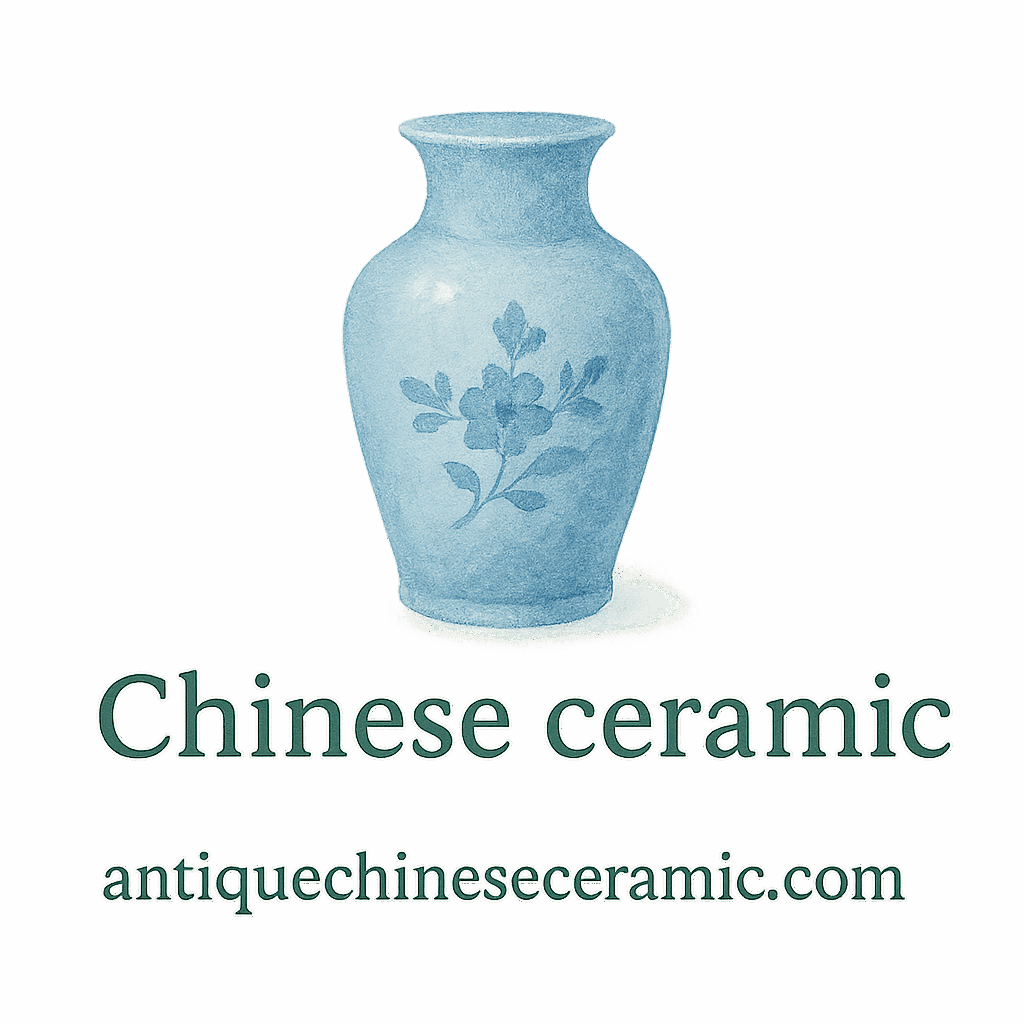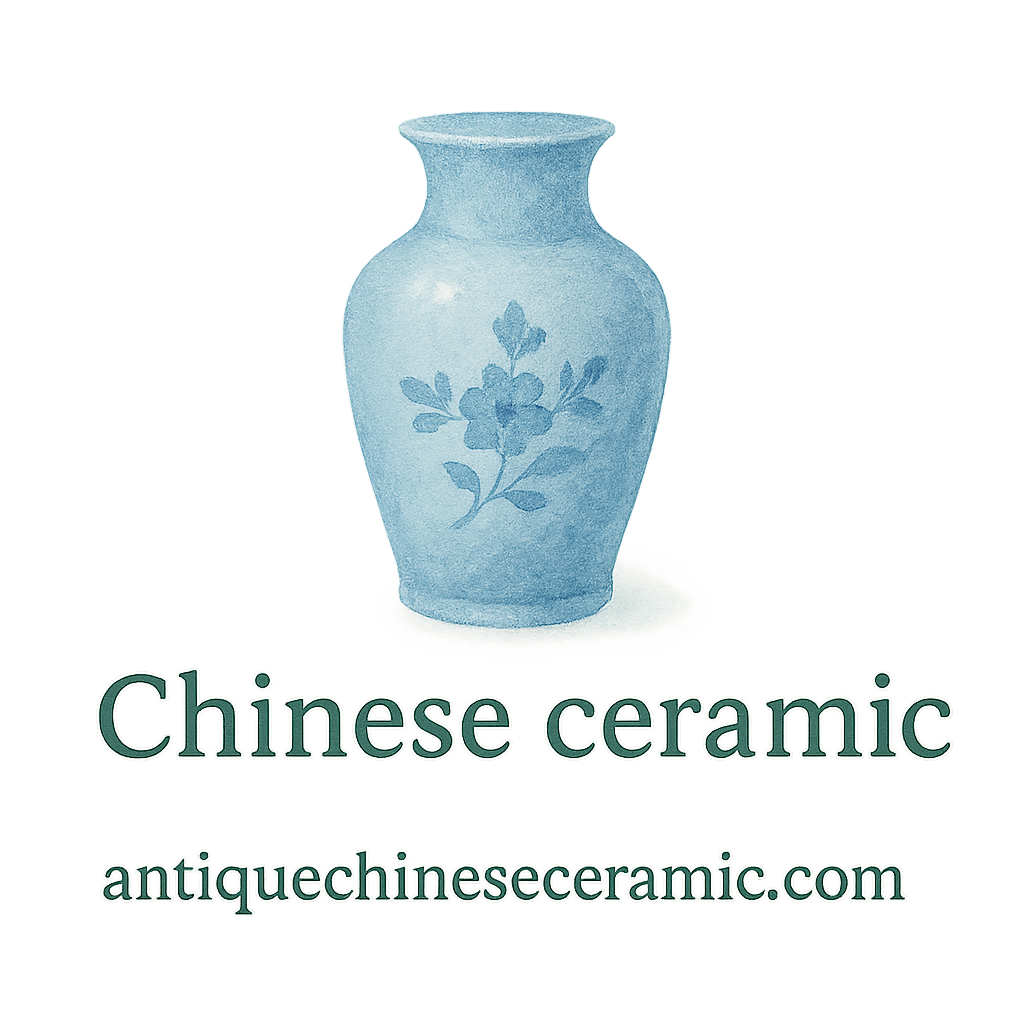Introduction to Antique Chinese Ceramics
Antique Chinese ceramics are more than just beautiful artifacts — they’re windows into ancient dynasties, storytelling vessels crafted by skilled artisans, and often incredibly valuable collector’s items. Whether you’re handling a delicate Ming dynasty vase or a Song-era teacup, the way you care for and handle these items can determine their longevity and value.
Why Proper Handling Matters
Antique ceramics are vulnerable to even the smallest mishandling errors. A slight bump, a bit of natural skin oil, or an unstable shelf can lead to irreversible damage. When you handle these timeless treasures with proper care, you’re not just preserving art—you’re protecting history.
To deepen your understanding of their origin, read more about their history and explore detailed timelines of their production.
Understanding the Value and Fragility
Most antique Chinese ceramics are hand-crafted and finished with glazes and materials that can wear down over time. Age, climate exposure, and previous restoration attempts all contribute to their fragility. Their value also depends heavily on their condition, which makes proper handling essential.
For collectors, understanding valuation helps determine how much care and investment these items deserve.
1. Always Wash Your Hands First
Natural Oils and Dirt Can Harm Ceramics
Even if your hands look clean, natural oils and microscopic dirt can create lasting damage on the surface of antique ceramics. These oils can leave behind stains, fingerprints, or even contribute to surface corrosion over time.
Use Gloves When Necessary
When handling very old or especially delicate pieces, opt for clean cotton or nitrile gloves. This prevents oils, sweat, and static charges from affecting the ceramic surface, especially on pieces with unglazed bottoms or intricate painting.
Explore our guide on care and preservation for more safe handling techniques.
2. Use Both Hands for Support
Never Lift by Handles or Rims
It’s tempting to pick up a teapot by the handle or lift a bowl by its rim, but resist that instinct. These parts are typically the most vulnerable and are prone to cracking or snapping under pressure.
Best Practices for Holding Large or Delicate Pieces
Use both hands to cradle the body of the piece, keeping it close to your body to avoid accidents. Always handle items over padded surfaces in case they slip.
Visit our collection of tips for safe ceramic handling for more insights.
3. Prepare a Safe Handling Environment
Use a Soft, Clean Surface
Place soft towels or padded mats on your workspace. This acts as a cushion in case of accidental slips and helps avoid contact with hard surfaces that can cause cracks or chips.
Minimize Movement and Distractions
Choose a quiet, distraction-free area. Avoid handling ceramics while multitasking or around pets and children. One small distraction can lead to major heartbreak.
Don’t forget to check our storage tips for the next step in safe preservation.

4. Store Ceramics with Care
Avoid Stacking Without Protection
Stacking bowls or plates might save space but can lead to pressure fractures or scratches. Use acid-free tissue paper or foam separators to protect the glaze and prevent contact.
Ideal Storage Conditions
Keep your ceramics in a temperature-controlled, low-humidity environment. Sudden temperature changes can cause cracks due to ceramic expansion and contraction.
Visit our care and preservation section for detailed storage advice.
5. Transporting Antique Ceramics Safely
Use Padding and Boxes Designed for Antiques
Bubble wrap isn’t always enough. Use custom foam inserts and archival-quality boxes designed for fragile artifacts. Double-boxing adds an extra layer of protection.
Label and Handle with Caution During Moves
Clearly mark boxes as “Fragile – Antique Ceramics.” Ensure movers are aware of their value and fragility. Keep these items in your personal vehicle whenever possible.
Check out more on appraisal and transport best practices.
Bonus Tips for Antique Ceramic Preservation
Regular Inspection and Cleaning Techniques
Gently inspect your ceramics monthly for signs of dust buildup, cracks, or changes in color. Use soft-bristled brushes and distilled water to clean without causing abrasions.
Use of Museum-Quality Display Cases
If you’re displaying items, opt for UV-filtered glass cases with secure mounts to prevent tipping. This reduces exposure to dust, moisture, and accidental contact.
Learn more about preservation methods and display ideas.
Common Mistakes Collectors Make
Rushing the Cleaning Process
Avoid using harsh detergents or scrubbing tools. Always research the glaze type and recommended cleaning method.
Ignoring Minor Cracks or Damage
Small chips may seem harmless but can become worse if not addressed. Document any damage and consult a professional conservator.
Explore detailed cleaning strategies here.
How to Identify Signs of Handling Damage
Hairline Cracks and Chips
Run your fingers gently along the ceramic surface under bright lighting. Subtle cracks may indicate stress points or recent mishandling.
Discoloration or Surface Wear
Fading paint, glaze dullness, or discoloration often signals surface degradation due to oils or moisture exposure.
Visit the identification section for a full guide on spotting wear.
Importance of Professional Appraisal
When to Seek Expert Advice
If you’re unsure about a ceramic’s value, age, or condition, consult a certified appraiser. They can help assess its authenticity and advise on proper care.
Connecting With Certified Appraisers
Use our appraisal tag to find trusted experts and auction resources.
Final Thoughts on Antique Chinese Ceramic Care
Caring for antique Chinese ceramics isn’t just about storage or cleaning—it’s a continuous process of respect, knowledge, and attention. The right habits today protect these treasures for generations to come.
Browse our full collecting guide to become a more confident and informed collector.
Conclusion
Antique Chinese ceramics deserve more than just admiration—they deserve protection. By following these five key practices, from mindful handling to smart storage, you ensure these cultural treasures remain intact and appreciated for years to come. Every touch should reflect reverence for the craftsmanship and history they embody.
FAQs
1. Can I use regular household cleaners on antique ceramics?
No. Stick to distilled water and soft cloths. Harsh chemicals can damage the glaze or painting.
2. Is it safe to display my ceramics in direct sunlight?
Avoid it. UV rays can fade colors and cause cracking over time.
3. How do I know if a ceramic is truly antique?
Check for kiln marks, glaze patterns, and consult our identification guide.
4. What’s the safest way to ship antique ceramics internationally?
Use archival packaging, double-boxing, and choose specialized shipping services for art or antiques.
5. How can I insure my antique ceramic collection?
Get a professional appraisal and purchase collector’s insurance.
6. Can I restore a chipped ceramic piece at home?
It’s risky. Restoration should always be done by professionals using museum-grade materials.
7. Are all Chinese ceramics valuable?
Not necessarily. Value depends on age, condition, rarity, and craftsmanship. Visit our valuation section for detailed insights.


